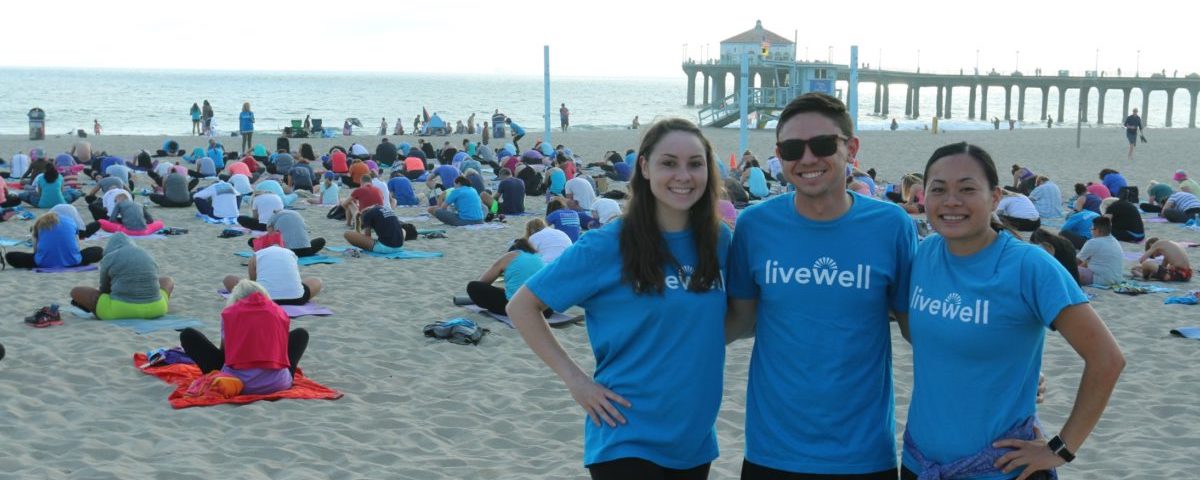by David Mendez, Easy Reader News
The Beach Cities, as a whole, continue to be at the top of rankings indexing regional well-being across the country.
Although overall well-being in Manhattan, Hermosa, and Redondo Beach is statistically unchanged, it is, like the rest of the nation, trending slightly downward in almost every metric.
Dan Witters, of the Gallup-Sharecare Well-Being Index, presented the latest edition of the Beach Cities-focused Well-Being Index at the Feb. 28 Beach Cities Health District Board meeting. Gallup-Sharecare updates the index every two years.
The index tracks five elements of well-being: Purpose (liking what one does); Social (having supportive relationships); Financial (managing economic stressors); Community (liking where you live); and Physical (having good health).
“[The Beach Cities] are pretty much across the board better than the rest of the U.S. across the metrics,” Witters said.
The three Beach Cities score 65.8 out of 100 on the Well-Being Index. According to Witters, that places the Beach Cities on the high end, where scores tend to top out at 67 points. Among rankings from the 2016 Well-Being Index, the 2017 Beach Cities would be ranked fourth overall, behind Naples, Fla., Barnstable Town, Mass., and Santa Cruz, Calif.
Manhattan Beach maintains an edge over the two other Beach Cities, as well as higher scores than statewide and national averages.
On the relatively lower end is Hermosa Beach, which has declined in overall well-being in every element, save for physical well-being. Purpose well-being saw the biggest drop among respondents liking what they do every day.
The three cities were also found to have low marks in having leaders or supervisors who make them enthusiastic for the future, in keeping with the rest of the country.
“You don’t have to think of the guy in the White House or local politicians,” Witters said. “But getting people excited about the future is a common characteristic of successful intervention programs.”
But most health metrics have increased, Gallup-Sharecare found. Smoking rates have dropped, exercise and produce consumption have increased since 2010, and depression rates remain lower than the national average at 13.7 percent.
To view full Easy Reader News article, click here.




